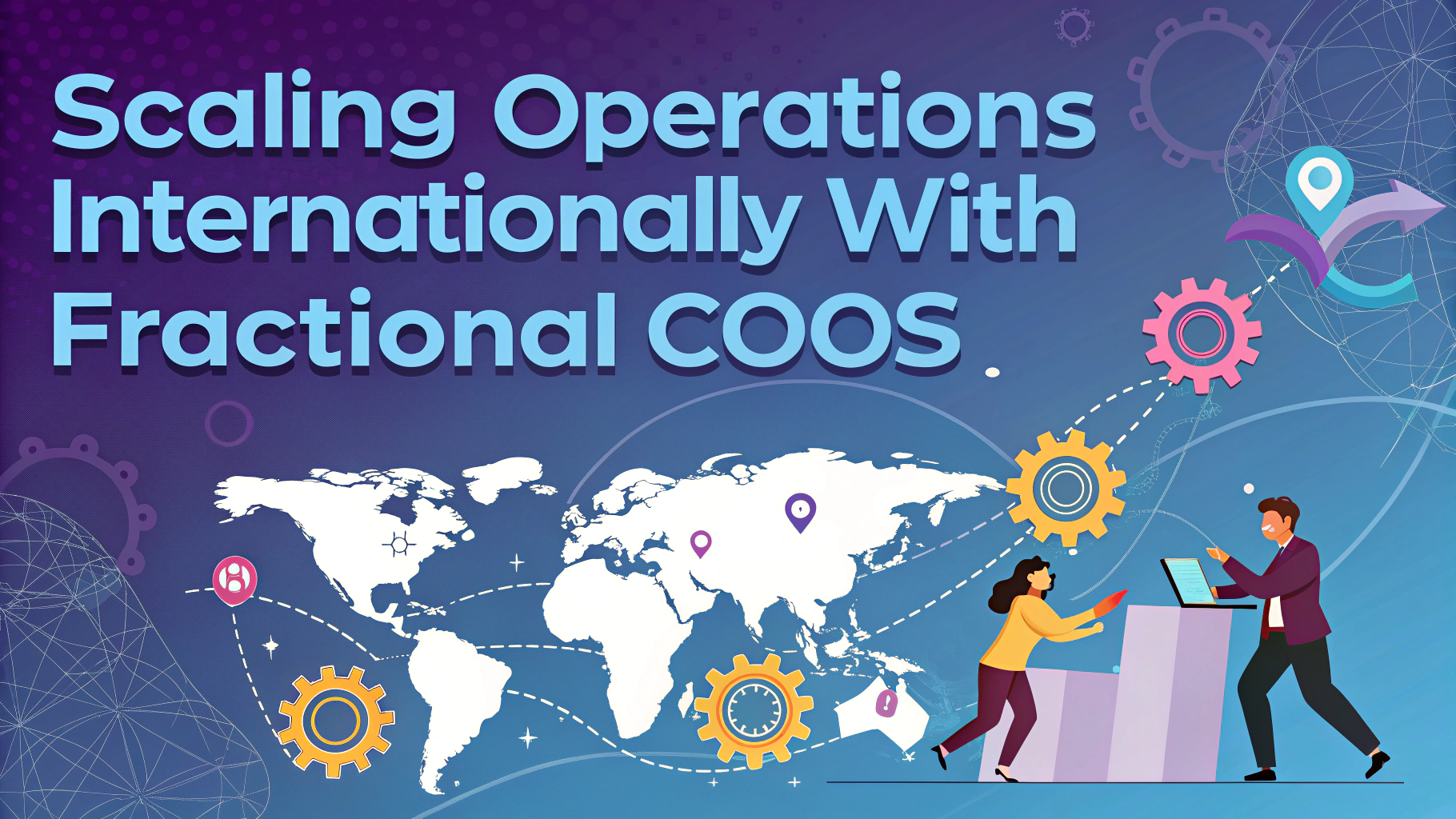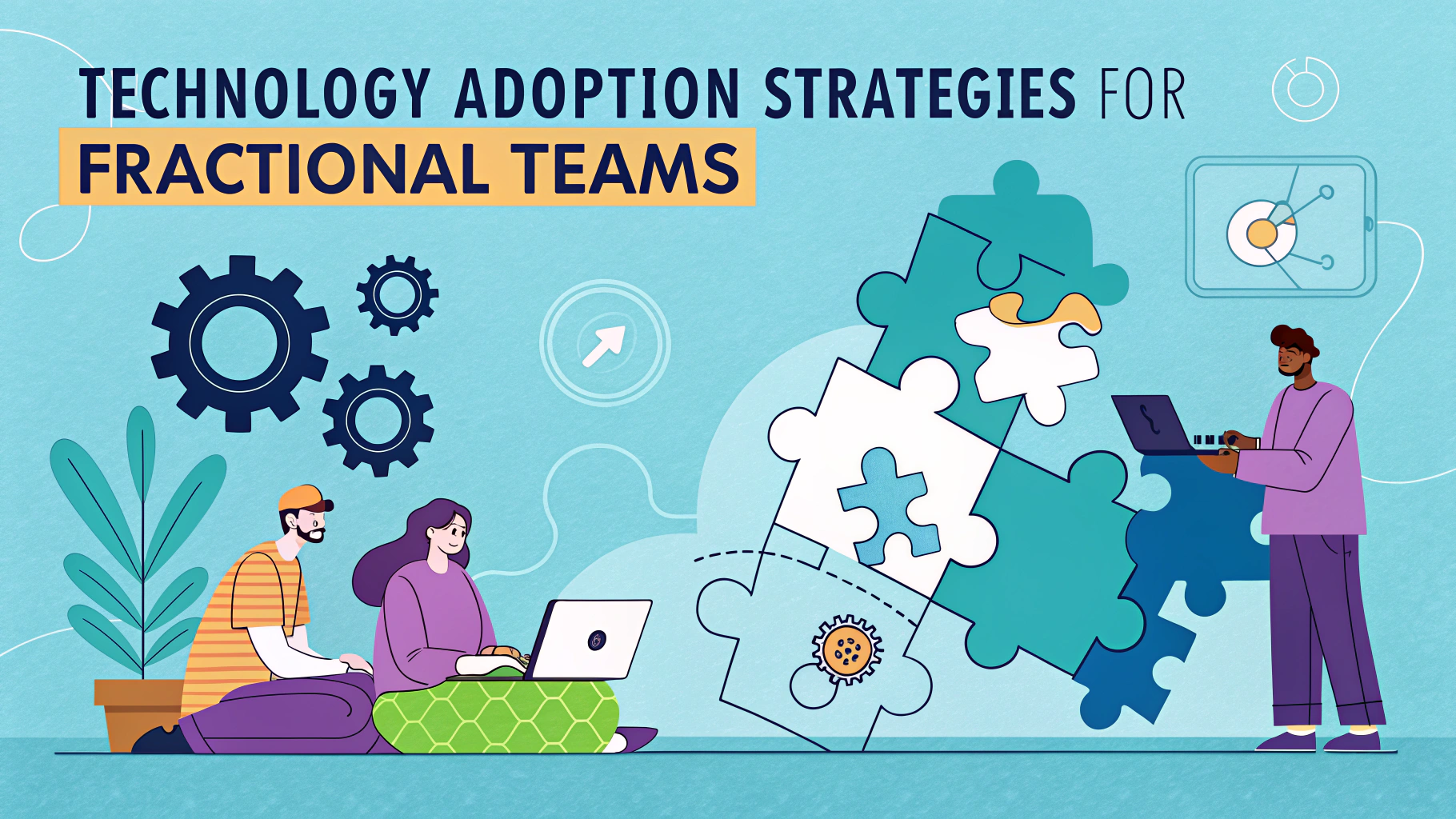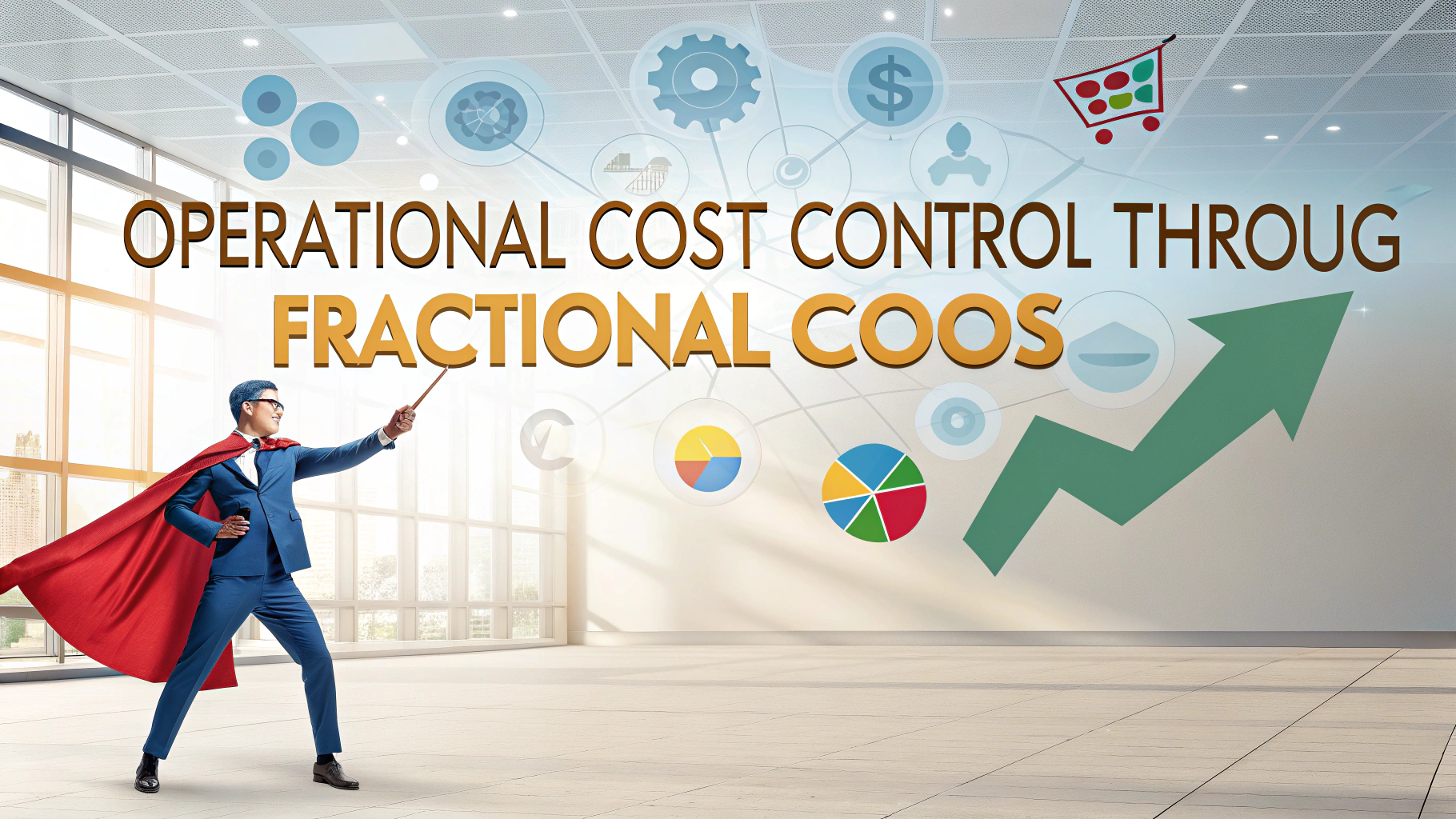The market for fractional leadership continues to grow as companies seek flexible, cost-effective solutions for executive talent.
Organizations are discovering that hiring experienced C-suite executives on a part-time or project basis provides strategic advantages without the overhead of full-time hires.
This analysis examines current trends, opportunities, and best practices in the fractional COO market to help businesses make informed decisions about leadership needs.
Key Market Trends in Fractional Leadership
- Remote work acceleration has normalized fractional executive arrangements
- Growing demand from startups and mid-market companies
- Increased availability of experienced COOs seeking portfolio careers
- Rising costs of full-time executive compensation driving alternative solutions
Industries Adopting Fractional COO Models
| Industry | Adoption Rate | Common Use Cases |
|---|---|---|
| Technology | High | Scaling operations, process optimization |
| Healthcare | Medium | Regulatory compliance, efficiency improvements |
| Manufacturing | Growing | Supply chain optimization, automation initiatives |
Benefits of Fractional COO Services
Companies can access executive expertise at 30-50% of the cost of a full-time COO.
- Flexible engagement terms and scalable commitment levels
- Immediate impact from experienced operators
- Objective third-party perspective on operations
- Risk-free trial of executive leadership before full-time hiring
Market Pricing Models
Fractional COO services typically follow these pricing structures:
- Day Rate: $1,500 – $3,000 per day
- Monthly Retainer: $5,000 – $15,000 per month
- Project-Based: Custom pricing based on scope and duration
- Equity Options: Sometimes combined with reduced cash compensation
Finding the Right Fractional COO
Consider these factors when selecting a fractional COO:
- Industry-specific experience and track record
- Cultural fit and communication style
- Availability and commitment levels
- References from similar engagements
Implementation Best Practices
- Define clear objectives and success metrics
- Establish communication protocols and reporting structures
- Set realistic timelines for deliverables
- Create smooth handoff processes for institutional knowledge
Market Resources and Connections
Connect with fractional COOs through these platforms:
- LinkedIn – Professional networking
- Upwork – Freelance marketplace
- Industry-specific executive networks
- Professional associations and peer groups
Moving Forward with Fractional Leadership
Start with a pilot program to test the fractional COO model for your organization.
Document your requirements and expected outcomes before beginning the search process.
Consider engaging multiple candidates for initial consultations to find the best match for your needs.
ROI Analysis and Performance Metrics
Measuring the impact of fractional COO engagements requires clear KPIs:
- Operational efficiency improvements
- Cost reduction initiatives
- Process optimization outcomes
- Team productivity metrics
Common Implementation Challenges
Organizations should prepare for these potential hurdles:
- Internal resistance to external leadership
- Knowledge transfer constraints
- Communication gaps in hybrid work models
- Alignment with existing management structure
Risk Mitigation Strategies
Contractual Safeguards
- Clear scope definition
- Confidentiality agreements
- Performance guarantees
- Exit clauses and transition plans
Operational Controls
- Regular progress reviews
- Documentation requirements
- Stakeholder feedback loops
- Change management protocols
Scaling Fractional Leadership
As organizations grow, consider these expansion strategies:
- Hybrid leadership models combining fractional and full-time roles
- Department-specific fractional executives
- Geographic expansion support
- Crisis management and special projects
Maximizing Value in the Evolving Leadership Landscape
The fractional COO model represents a significant shift in executive leadership strategy. Organizations that embrace this flexible approach while maintaining clear objectives and proper governance will be best positioned to leverage its benefits.
Success in implementing fractional leadership depends on careful planning, clear communication, and strategic alignment with business goals. As the market continues to mature, companies that establish effective frameworks for engaging and managing fractional executives will gain competitive advantages in their respective industries.
Evaluate your organization’s readiness, establish proper infrastructure, and develop comprehensive onboarding processes to ensure successful fractional leadership integration.
FAQs
- What is a fractional COO, and how does it differ from a full-time COO?
A fractional COO is a part-time executive who provides operational leadership to multiple organizations simultaneously, typically working a portion of their time with each company. Unlike full-time COOs, they offer flexible, cost-effective expertise without the overhead of a permanent executive. - What are the key benefits of hiring a fractional COO?
The main benefits include access to senior-level expertise at a fraction of the cost, flexibility in engagement terms, immediate impact without long-term commitment, and diverse industry experience that brings fresh perspectives to operational challenges. - How do companies determine if they need a fractional COO?
Companies typically need a fractional COO when they experience rapid growth, require operational restructuring, lack internal operational expertise, or need temporary leadership during transitions, but cannot justify or afford a full-time executive. - What are the typical responsibilities of a fractional COO?
Fractional COOs typically handle operational strategy, process optimization, team development, performance metrics establishment, workflow improvements, and oversight of day-to-day operations while working closely with other executives to achieve business objectives. - How is pricing typically structured for fractional COO services?
Pricing models usually include daily rates, monthly retainers, or project-based fees. Costs vary based on experience level, time commitment, scope of responsibilities, and the complexity of the organization’s needs. - What industries commonly utilize fractional COO services?
Fractional COOs are common in technology startups, professional services firms, manufacturing companies, healthcare organizations, and scaling businesses across various sectors that need operational expertise without full-time executive costs. - How long do typical fractional COO engagements last?
Engagements typically range from 3-18 months, depending on the company’s needs, project scope, and objectives. Some relationships may extend longer if there’s ongoing value in the partnership. - What metrics are used to measure a fractional COO’s success?
Success metrics include operational efficiency improvements, cost reductions, process optimization results, team performance enhancement, successful project implementations, and achievement of specific business objectives established at the start of the engagement. - How do fractional COOs integrate with existing leadership teams?
Fractional COOs work collaboratively with existing leadership, establishing clear communication channels, defining roles and responsibilities, and ensuring alignment with company culture while maintaining professional boundaries as external advisors. - What qualifications should companies look for in a fractional COO?
Key qualifications include proven operational leadership experience, industry expertise, strong problem-solving abilities, excellent communication skills, change management experience, and a track record of successful fractional engagements.







